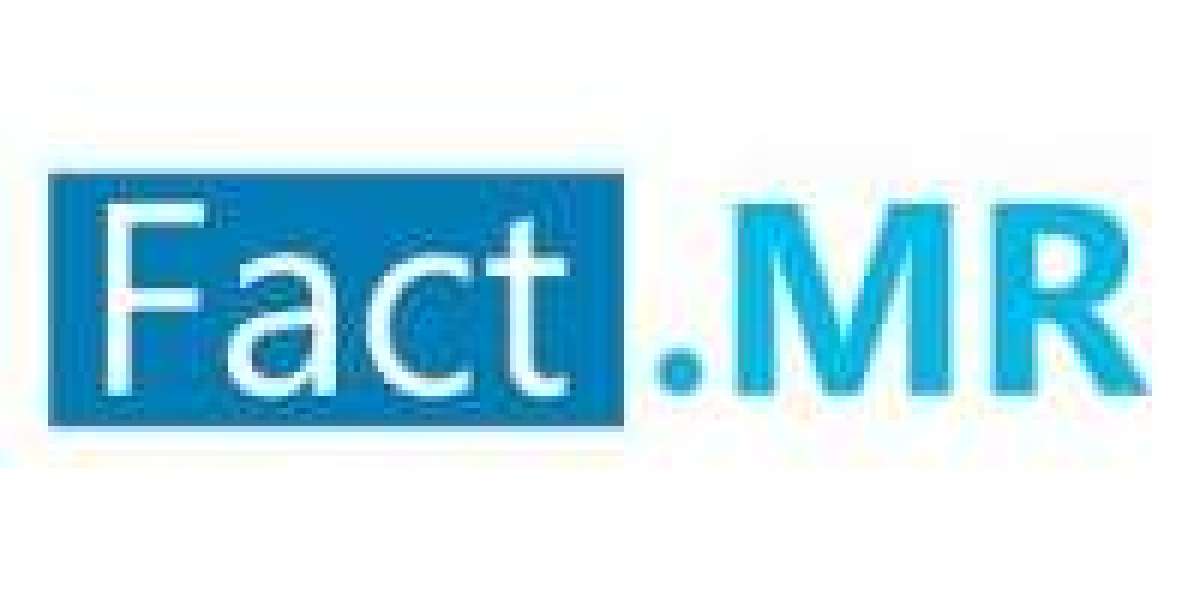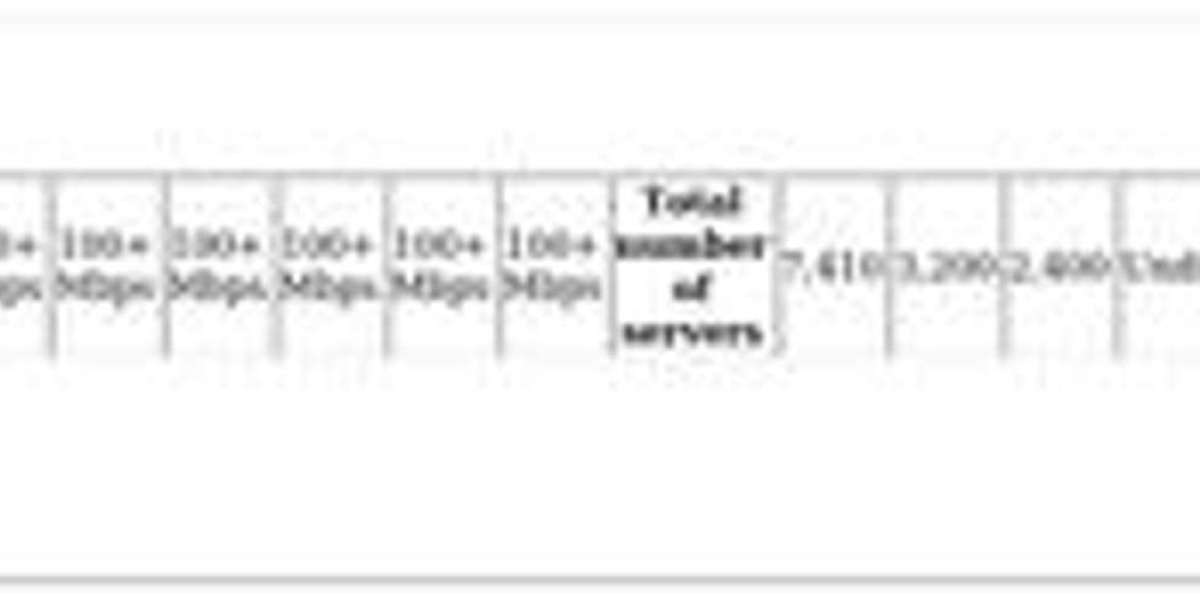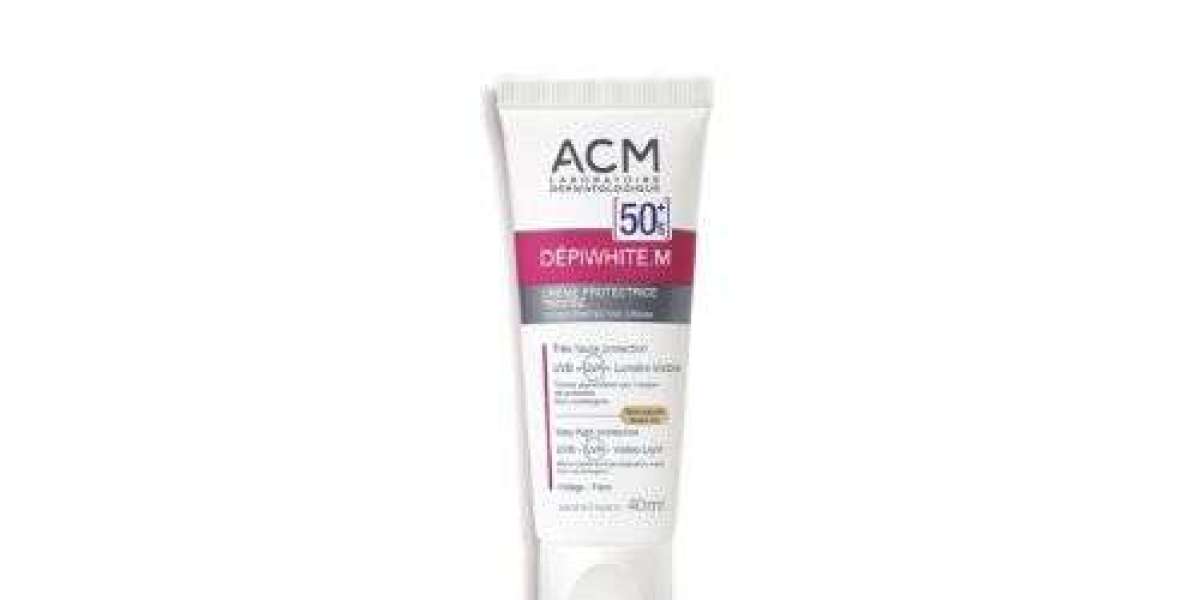The global cosmetic esters market was valued at US$ 964.9 million in 2024 and is projected to expand at a CAGR of 5.8% to reach US$ 1,695.7 million by 2034. This strong growth trajectory underscores the rising demand for performance-driven, sensorial, and clean-beauty compatible ingredients across the cosmetics and personal care industry. Cosmetic esters are becoming critical components in beauty and personal care because of their ability to enhance stability, spreadability, and tactile feel, making them especially attractive to brands that wish to elevate product performance and meet consumer expectations for skin experience and ingredient quality.
Segmentation Overview
Natural Esters vs. Synthetic Esters
The market is segmented broadly into natural esters and synthetic esters. Historically, synthetic esters have commanded a significant share due to easier scalability and cost efficiencies. In 2019, synthetic esters represented nearly two-thirds of the market. However, the shift toward sustainable beauty and clean ingredient sourcing is propelling natural esters. Between 2019 and 2024, sales of natural esters have grown by more than 40 percent, reflecting growing consumer and brand interest in greener alternatives. Manufacturers are investing heavily in bio-based ester chemistries derived from botanical oils, fermentation, or even waste streams, aligning with the industry’s push toward sustainability. Over the forecast period, natural esters are expected to record above-average growth, driven by both regulatory pressures and consumer preferences for eco-friendly products.
Application in Skincare, Haircare, Oral Care, and Cosmetics
Cosmetic esters serve diverse roles across skincare, haircare, oral care, and decorative cosmetic applications. Skincare remains the largest consumer of esters, primarily due to their benefits in texture, spreadability, and absorption of active ingredients. In 2024, skincare applications alone were valued at nearly half of the global market, and this segment is expected to maintain steady growth throughout the decade, reaching over US$ 800 million by 2034.
Haircare represents another significant category, benefiting from esters’ ability to improve conditioning, gloss, and manageability in formulations. By 2034, haircare-related demand for esters is projected to approach US$ 435 million. Oral care and decorative cosmetic applications, such as lip balms and color cosmetics, represent smaller yet strategically important niches. In these areas, esters contribute to improved texture, stability, and pigment dispersion, ensuring continued demand as consumer expectations for product performance rise.
Full Market Report available for delivery. For purchase or customization, please request here – https://www.factmr.com/connectus/sample?flag=S&rep_id=10364
Regional Outlook
Geographically, the market spans North America, Latin America, Europe, East Asia, South Asia & Pacific, and the Middle East & Africa. North America currently leads the global market with over 30 percent of share in 2024, supported by advanced cosmetic industries, high consumer awareness, and stringent regulatory frameworks. East Asia is another powerhouse, with China playing a central role both as a production hub and a consumer market. China is forecast to grow steadily at nearly 6 percent CAGR through 2034, thanks to its massive scale of cosmetic manufacturing and rising domestic consumption among younger demographics.
South Asia & Pacific and the Middle East & Africa represent emerging markets with strong growth potential. As regulatory frameworks mature and more international and local brands invest in these regions, demand for esters is expected to expand. Europe and Latin America are expected to post steady, moderate growth, shaped by regulatory standards and varying consumer preferences.
Recent Developments and Competitive Dynamics
The cosmetic esters market is witnessing a series of strategic developments aimed at balancing innovation, sustainability, and performance. In recent years, major ingredient suppliers have launched product portfolios aligned with global sustainability goals, signaling a shift toward greener chemistry. Many companies are focusing on co-development partnerships with beauty brands to create exclusive ester blends with unique textures, absorption profiles, or multifunctional performance. Another emerging trend is the application of biotechnology and AI-assisted formulation platforms, which are being explored to design next-generation esters capable of responding dynamically to skin conditions or environmental factors.
Equally important is the shift toward closed-loop systems and fermentation-based sourcing, which reduce environmental impact and reliance on volatile raw material supply chains. These efforts not only address consumer demand for transparency but also help companies future-proof their businesses against resource scarcity and regulatory challenges.
Browse Full Report: https://www.factmr.com/report/cosmetic-esters-market
The competitive landscape features both global chemical giants and specialized ingredient manufacturers. Leading companies such as BASF, Croda International, Evonik, Dow, Ashland, Lonza, Inolex, and Lubrizol dominate the market through scale, technological expertise, and deep customer networks. Alongside them, niche players and startups in green chemistry and biotech are emerging as innovators, often introducing novel bio-esters that appeal to clean beauty brands. Larger incumbents frequently respond by acquiring or partnering with these smaller innovators, strengthening their pipelines and market reach.
While innovation is essential, pricing pressures and raw material volatility remain challenges. Firms must continuously balance the need for high-quality, sustainable inputs with the constraints of consumer price sensitivity, particularly in markets where affordability drives buying decisions.
Check out More Related Studies Published by Fact.MR Research:
Undecanoyl Chloride Market: https://www.factmr.com/report/5052/undecanoyl-chloride-market
Dicaprylyl Carbonate Market: https://www.factmr.com/report/5053/dicaprylyl-carbonate-market
Di-isobutylene Market: https://www.factmr.com/report/5054/diisobutylene-market
Ellagic acid Market: https://www.factmr.com/report/5055/ellagic-acid-market
About Us:
Fact.MR is a distinguished market research company renowned for its comprehensive market reports and invaluable business insights. As a prominent player in business intelligence, we deliver deep analysis, uncovering market trends, growth paths, and competitive landscapes. Renowned for its commitment to accuracy and reliability, we empower businesses with crucial data and strategic recommendations, facilitating informed decision-making and enhancing market positioning.
Contact:
US Sales Office:
11140 Rockville Pike
Suite 400
Rockville, MD 20852
United States
Tel: +1 (628) 251-1583
Sales Team : [email protected]








